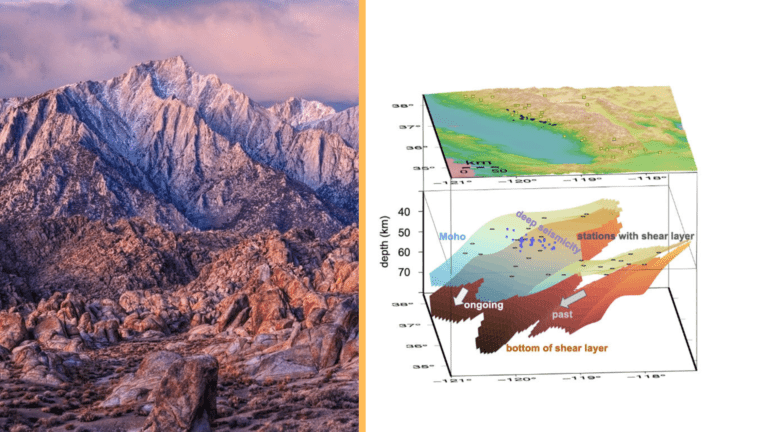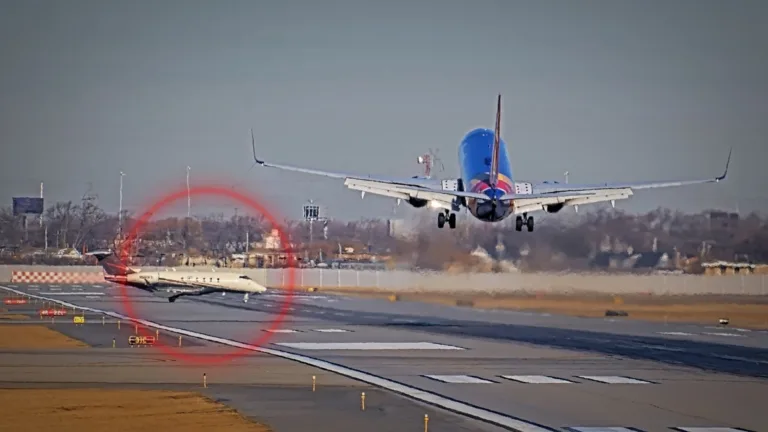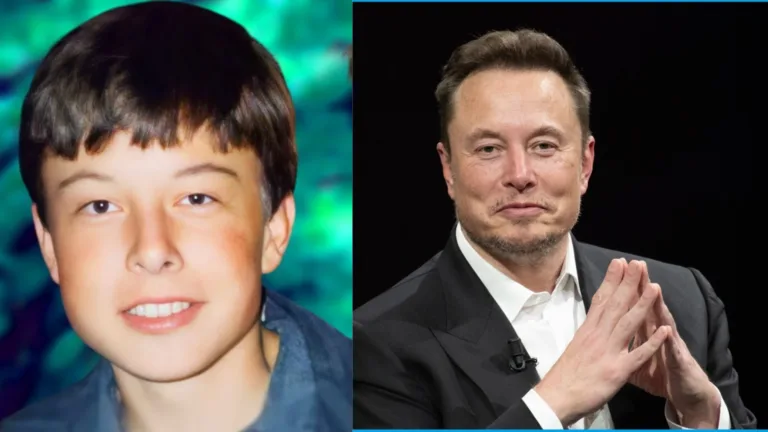Scientists Uncover the Mystery of the Dodo’s Extinction!
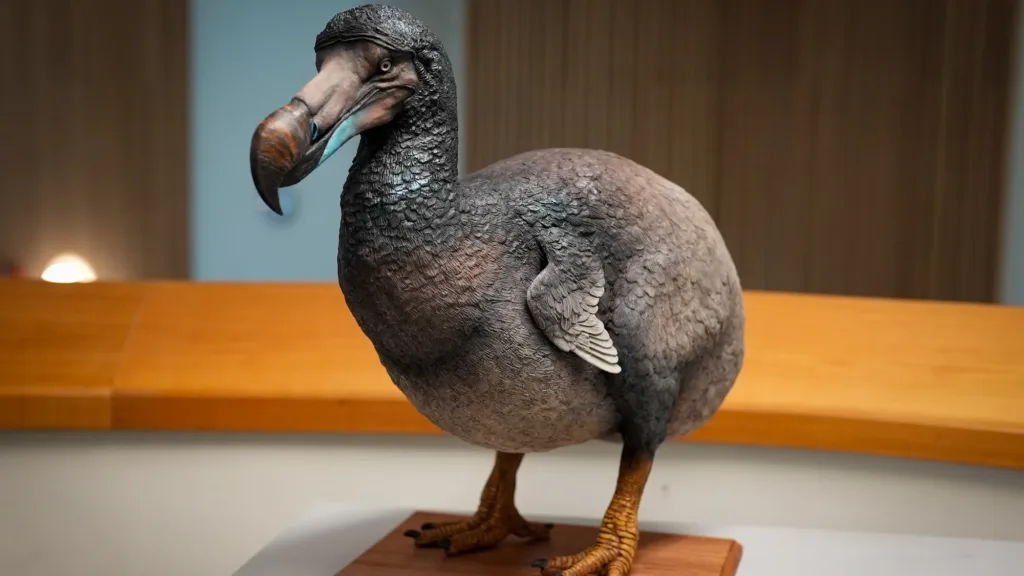
The dodo bird, once a common sight on the island of Mauritius in the Indian Ocean, is perhaps the most famous extinct animal. When people think of extinction, the word “dodo” often comes to mind, even though it vanished over 300 years ago. Its extinction has puzzled scientists for years, but recent research is shedding light on why this quirky bird disappeared from the earth. Let’s explore what led to the dodo’s downfall and how scientists finally figured it out.
The Dodo: A Flightless Bird with a Fatal Flaw
The bird was a large, flightless bird that lived on the island of Mauritius. It had no natural predators, which meant it evolved in isolation. Over time, this bird became very well-adapted to its environment. It didn’t need to fly to escape danger because there were no predators on the island. Instead, the dodo spent its time foraging on the ground, feeding on fruits and seeds.
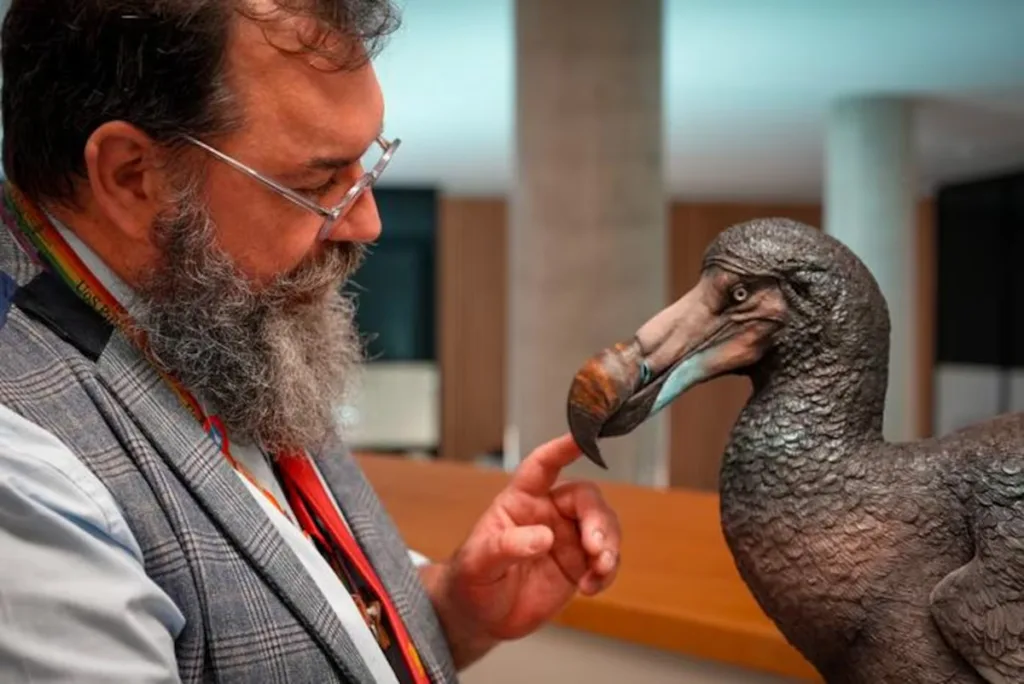
However, this lack of natural predators also meant that the dodo had no real instincts for avoiding danger. And that became a huge problem when humans and other animals were introduced to the island.
The Arrival of Humans and Invasive Species
When humans first arrived in Mauritius in the late 1500s, they brought with them new animals such as rats, pigs, and monkeys. These animals, unlike the dodo, had instincts for survival. They started to eat the dodo’s eggs and even competed with the for food sources. The introduction of these invasive species had a massive impact on the dodo population.
But it wasn’t just the animals that posed a threat to the dodo. Humans also hunted the birds for food. Since the was not afraid of humans—having never encountered them before—it was easy prey. Over time, the human presence on the island, combined with the invasive animals, led to the rapid decline of the dodo population.
A New Study Reveals the True Cause
For years, scientists debated what exactly caused the dodo to go extinct. Some believed it was simply human hunting that led to the bird’s extinction, while others pointed to habitat destruction or competition with other species. However, new research is offering a clearer picture.
Scientists recently conducted a study using advanced techniques, including DNA analysis and ancient plant material recovered from dodo bones. This research suggests that the true cause of the dodo’s extinction was a combination of factors, with the most significant being the disruption of its natural food sources.
The invasive species brought by humans not only consumed the eggs but also ate the seeds and fruits that the dodo relied on for food. The destruction of the bird’s primary food sources led to its rapid decline. The combination of food scarcity, hunting by humans, and the competition from invasive animals created the perfect storm that wiped out the it.
How Did the Dodo’s Extinction Impact the Ecosystem?
The extinction of the had significant consequences for the ecosystem of Mauritius. The bird played an important role in the island’s food web, particularly in the dispersal of seeds. By eating fruits and excreting seeds in different areas, the dodo helped maintain the health of the island’s ecosystem.
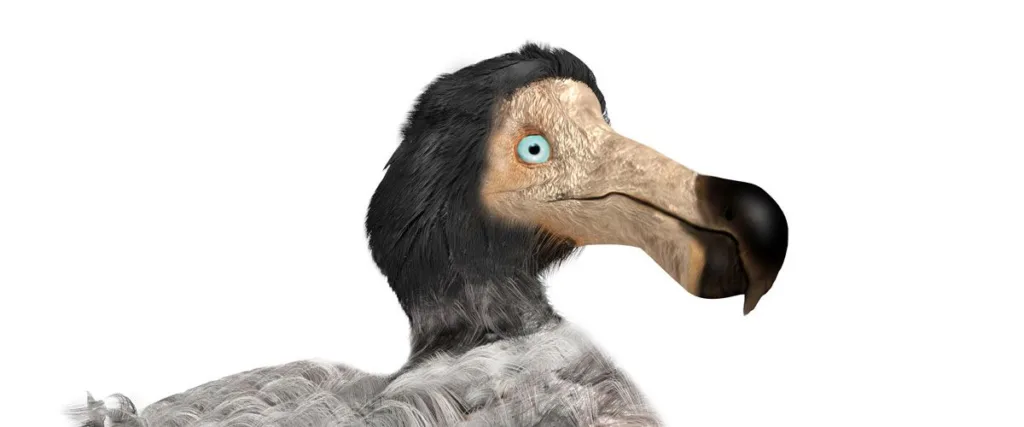
With the gone, the plants that relied on the bird for seed dispersal began to suffer. In fact, some plants that depended on the for seed distribution went extinct as well. This disruption shows how interconnected species are in an ecosystem and how the loss of one species can cause a ripple effect throughout the environment.
Lessons Learned from the Dodo’s Extinction
The extinction of the serves as a powerful reminder of how vulnerable species can be when their natural habitat is disrupted. It shows the delicate balance of ecosystems and the far-reaching impact humans can have on wildlife. The dodo’s story teaches us important lessons about conservation and the need to protect endangered species today.
As we face the loss of other species around the world, the story of the highlights the importance of protecting ecosystems from invasive species, habitat destruction, and overexploitation. By learning from the fate, we can work to prevent other species from disappearing in the future.
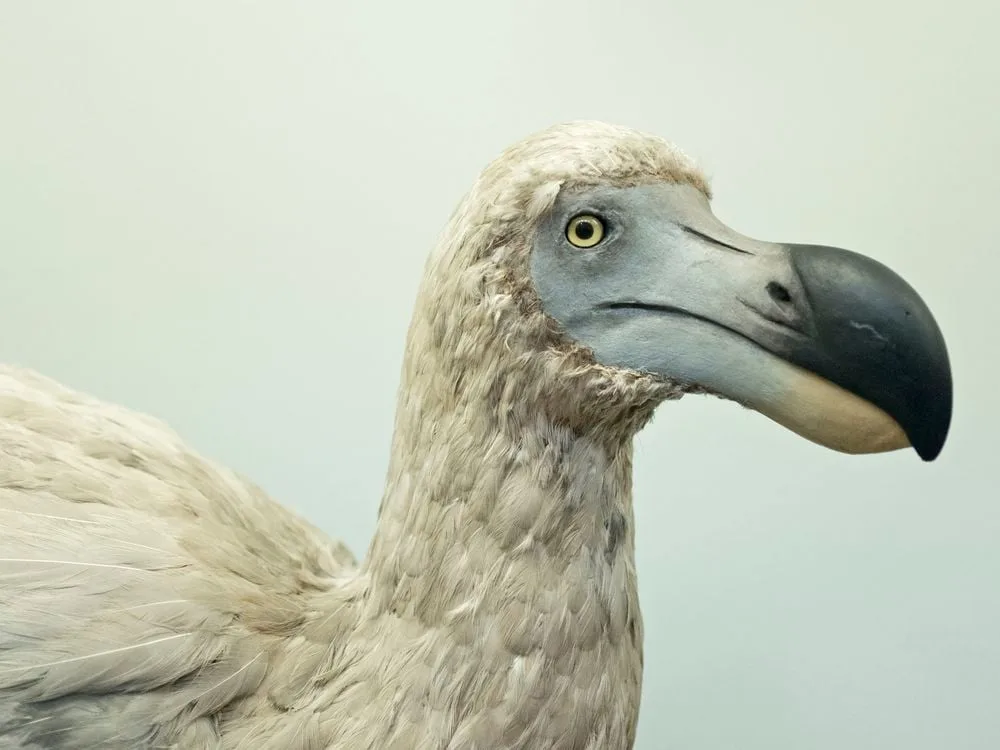
Conclusion: The End of the Dodo, But Not the Lesson
While the may no longer be around, its story continues to captivate us. Thanks to recent scientific research, we now understand why this once-common bird went extinct. The combination of human hunting, invasive species, and the destruction of its natural food sources were too much for the to survive.
The extinction of the serves as a cautionary tale. It reminds us of the fragile nature of biodiversity and the impact humans can have on the world around us. As we move forward, it’s important to remember the lessons of the and strive to protect the species that remain. The story may have ended, but its legacy lives on in the efforts to save other species from a similar fate.

